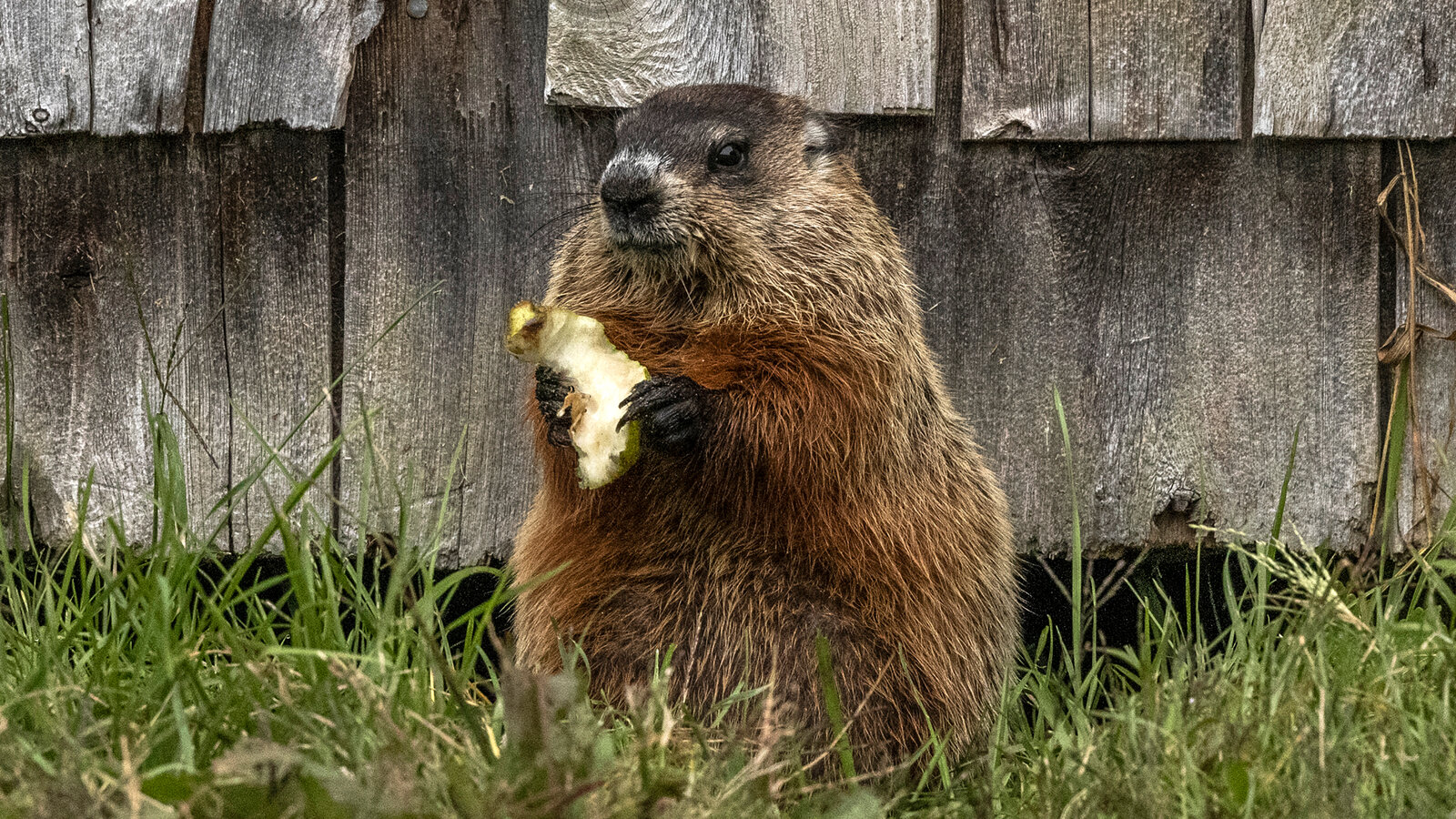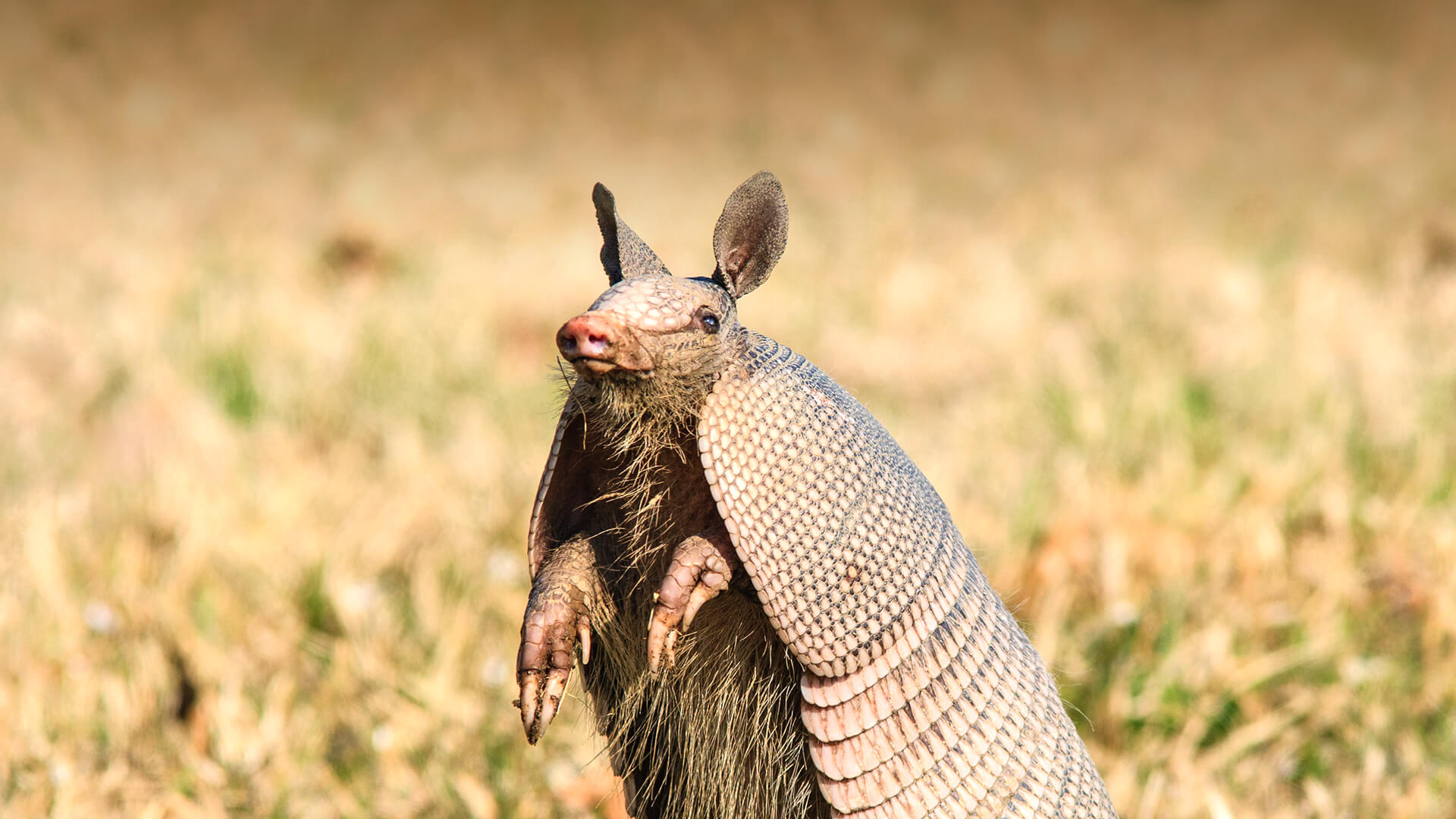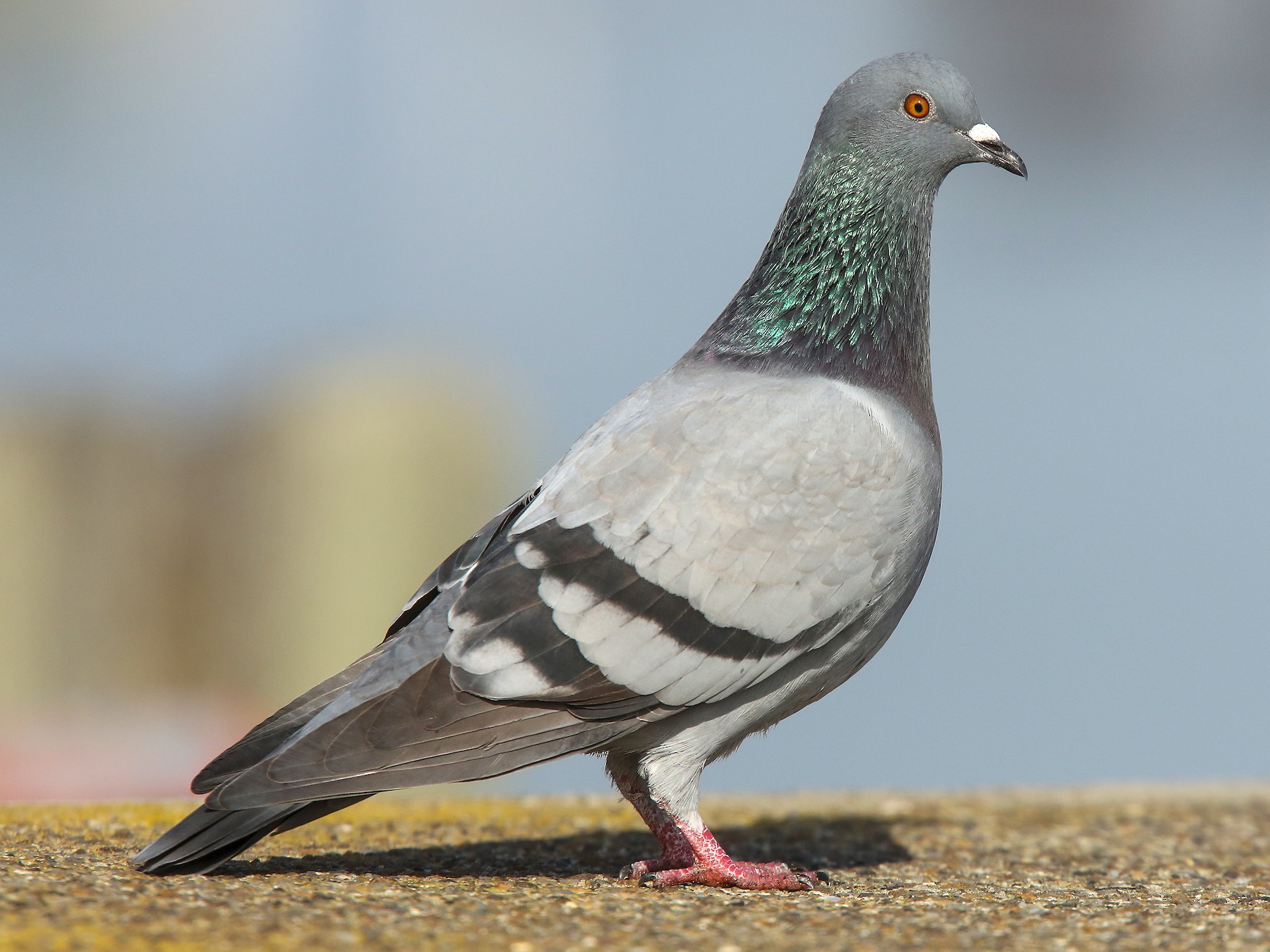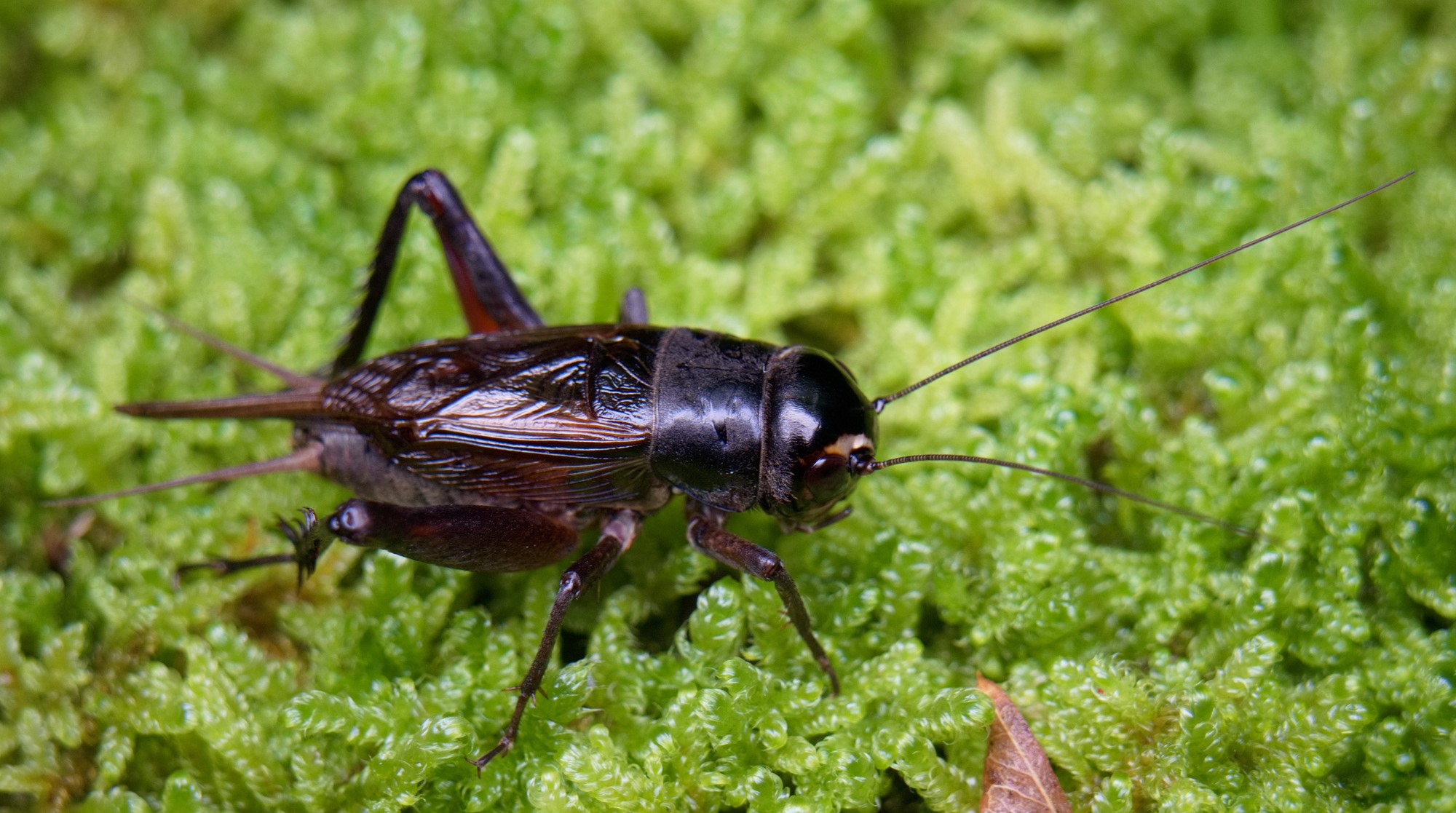Home>Production & Technology>Sound>What Sound Does A Bird Make
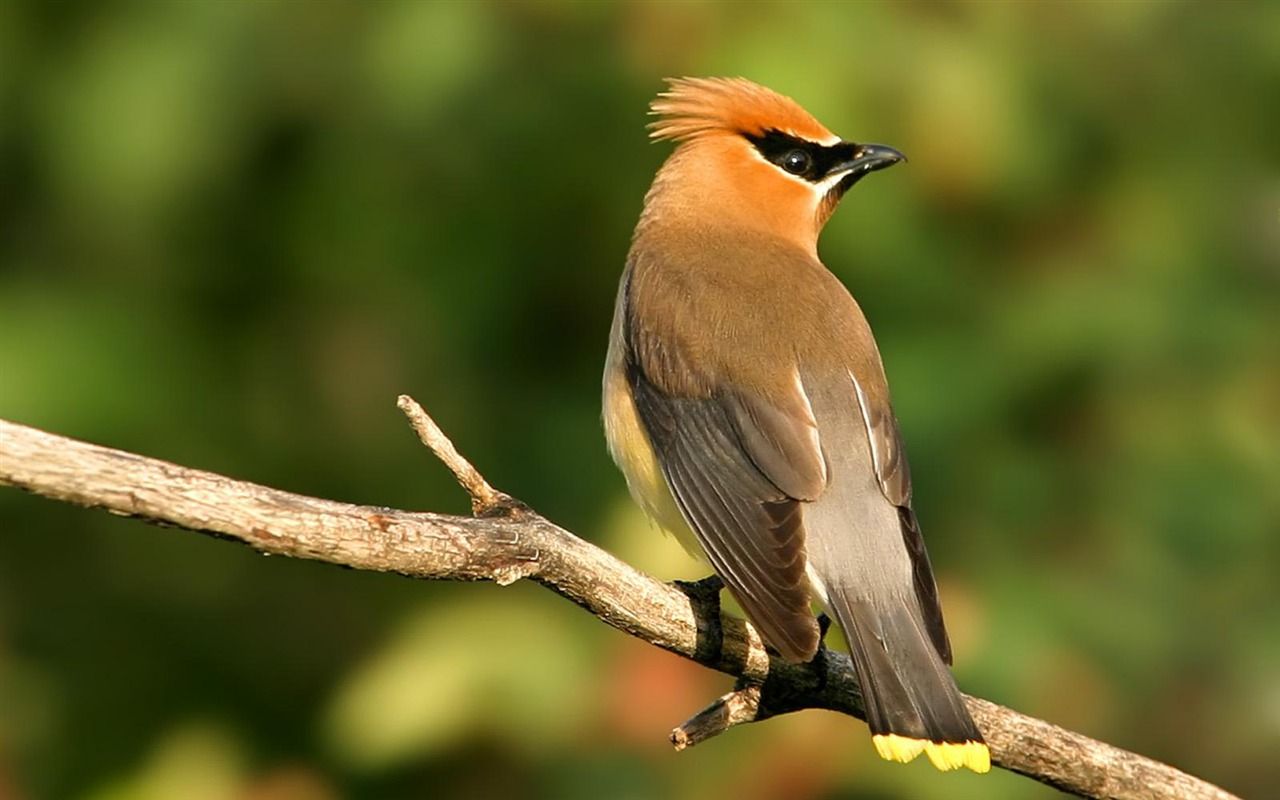

Sound
What Sound Does A Bird Make
Published: December 18, 2023
Discover the different sounds that birds make and learn all about their unique vocalizations. Explore the fascinating world of bird communication and get ready to be amazed!
(Many of the links in this article redirect to a specific reviewed product. Your purchase of these products through affiliate links helps to generate commission for AudioLover.com, at no extra cost. Learn more)
Table of Contents
Introduction
Birds are known for their beautiful songs and distinctive calls that fill the air with melodious tunes. These sounds not only provide a delightful backdrop to our everyday lives but also serve as important means of communication for birds. Whether it’s a cheerful song in the morning or a warning call in response to danger, bird sounds play a vital role in the lives of these fascinating creatures.
Understanding the various sounds that birds make can open up a whole new world of appreciation for nature and its diverse inhabitants. In this article, we will explore different types of bird sounds, from singing to calls and vocalizations, as well as non-vocal sounds that contribute to their communication and behavior.
By delving deeper into the world of bird sounds, you will gain a greater understanding of their significance and the complexity behind their melodies. So, let’s embark on this auditory adventure and unravel the mysteries of the sounds that birds make.
Understanding Bird Sounds
Bird sounds are not just random noises; they carry meaning and serve important purposes for birds. To interpret these sounds, it’s essential to understand the anatomy of a bird’s vocal apparatus and the different patterns and variations in their vocalizations.
Most birds have a specialized vocal organ called a syrinx, located at the base of their trachea. This complex structure allows them to produce a wide range of sounds, from melodic songs to sharp calls. The syrinx consists of muscles and membranes that control the pitch, volume, and quality of the sound produced.
Bird sounds can be categorized into different types: songs, calls, vocalizations, and non-vocal sounds. Each type conveys specific messages and serves different purposes in a bird’s life.
Songs are typically longer and more complex vocalizations produced by male birds. These melodious tunes are used primarily for courtship and territory defense. The intricate patterns and melodies of bird songs are unique to each species and play a crucial role in attracting mates and establishing their territory.
Calls, on the other hand, are shorter and simpler sounds that birds use for various purposes such as communication within their flock, warning signals, and expressing basic needs like food or danger. Calls can range from high-pitched chirps to sharp and repetitive notes, depending on the situation and species.
Vocalizations are a broader category of sounds that include both songs and calls, as well as other vocal expressions used for specific behaviors. These vocalizations can include sounds like trills, whistles, screams, or even mimicry of other species. Vocalizations are often used during interactions with other birds, establishing dominance, or defending their territory.
In addition to vocal sounds, birds also make non-vocal sounds as part of their communication and behavior. These can include the sound of wings flapping, bill clicking, drumming on trees, or even elaborate courtship displays that involve visual and auditory components. These non-vocal sounds add another dimension to the repertoire of bird sounds and enhance their ability to communicate effectively.
Understanding bird sounds is a fascinating and intricate study that requires keen observation, listening skills, and familiarity with different bird species. By paying attention to the unique sounds produced by birds, one can gain insights into their behavior, interactions, and overall avian ecology.
Now that we have a basic understanding of bird sounds, let’s explore the different types of bird sounds in more detail.
Common Bird Sounds
When it comes to bird sounds, there is an incredible diversity of vocalizations across the avian world. Each species has its own unique repertoire of sounds, contributing to the rich tapestry of bird songs and calls we hear in our surroundings.
One of the most recognizable and melodious sounds in nature is the song of the American Robin (Turdus migratorius). The robin’s song is a series of rich and mellifluous notes, often heard in the early morning hours as the bird announces its presence and defends its territory. This familiar sound is a hallmark of spring and can brighten anyone’s mood.
Another common bird sound that many are familiar with is the call of the mourning dove (Zenaida macroura). The “cooing” sound of this bird is often associated with a peaceful and serene ambiance. The mournful yet soothing voice of the dove can be heard throughout the day and serves as a comforting background melody in many outdoor settings.
The chirping of sparrows is a sound commonly heard in urban and rural environments alike. Sparrows have a wide range of vocalizations, from simple cheeps to complex chatter. Their calls serve as a way to communicate within their flock and establish social bonds.
High up in the trees, you may hear the distinctive sounds of woodpeckers. These birds use their powerful bills to drum on trees, creating a rhythmic and resonating sound. Woodpeckers drum to communicate with potential mates, establish and defend their territory, and search for food by listening for hollow spaces within the tree trunks.
The haunting call of the owl is another sound that captures our imagination. Owls are known for their low-pitched hoots, often associated with quiet and mysterious nights. Different owl species have distinct calls, ranging from the classic “hoot-hoot” to screeches, trills, and even mimicry of other animals.
Waterfowl such as ducks and geese also contribute to the symphony of bird sounds with their honks, quacks, and other vocalizations. These sounds are used for communication within their flock, during courtship rituals, and as warning signals.
These are just a few examples of the many common bird sounds that we encounter in our daily lives. Each species has its unique vocal repertoire, and by familiarizing ourselves with these sounds, we can develop a deeper appreciation for the avian world around us.
In the next sections, we will dive deeper into the specific categories of bird sounds, including singing, calls, vocalizations, and non-vocal sounds, to gain a more comprehensive understanding of their purpose and significance in a bird’s life.
Singing
Singing is one of the most enchanting and iconic sounds produced by birds. It is primarily associated with male birds and serves as a means of attracting mates and defending territories. Bird songs are complex vocalizations that showcase the unique talents and abilities of each species.
Male birds sing to establish their dominance and to communicate with potential mates. Their songs often consist of a combination of different notes, melodies, and patterns that are unique to their species. These songs can be simple and repetitive or intricate and diverse, depending on the bird’s evolutionary history and environmental influences.
Bird songs are typically produced during the breeding season, when males are actively seeking mates and defending their territory. The melodious tunes serve as a way to demonstrate their fitness and attract female birds. The more complex and impressive the song, the more likely they are to succeed in attracting a mate.
It is fascinating to note that bird songs have distinct regional dialects. This means that birds from different geographic areas may have variations in their songs, much like human accents. This allows birds to identify individuals from their own region and help maintain social bonds within their local populations.
The intricate and varied melodies of bird songs are often accompanied by physical displays, such as puffing up their feathers or engaging in elaborate dances. These visual components add to the overall courtship display and serve as a means of communication to potential mates.
Birds learn to sing through a combination of genetic predisposition and environmental influences. They have a remarkable ability to imitate and learn songs from other birds in their surroundings. This is particularly evident in species like mockingbirds and lyrebirds, which are known for their exceptional mimicry skills, showcasing a diverse range of sounds from other birds, as well as environmental sounds such as car alarms or cell phone ringtones.
It’s important to note that not all male birds sing. Some species, such as raptors or waterfowl, use different types of vocalizations or non-vocal sounds to communicate and establish their presence and dominance.
Overall, bird singing is a fascinating and beautiful display of avian communication. It showcases the unique talents, skills, and adaptations of each species, allowing them to successfully navigate the intricate world of courtship and reproduction.
In the next section, we will explore another category of bird sounds: calls. These vocalizations serve different purposes and play a crucial role in the daily lives of birds.
Calls
While bird songs are often associated with melodic tunes and complex melodies, bird calls are shorter, simpler vocalizations that serve a variety of purposes in a bird’s life. Unlike songs, which are primarily produced by males during the breeding season, both male and female birds use calls throughout the year for communication and essential daily activities.
Bird calls can vary greatly in sound and structure, depending on the species and the context in which they are used. They serve as a means of communication within a flock or family group, as well as a way to convey important messages such as warnings, locating food, or expressing distress.
Warning calls are among the most commonly heard bird calls. When birds detect potential threats, they emit short, repetitive, and sharp calls to alert other birds in the area. This behavior not only warns others of possible danger but also helps to coordinate group defense strategies among flock members.
Calls can also be used to maintain contact within a flock or family group. For example, in species such as geese or ducks, flock members use distinct vocalizations to stay connected during migration or foraging activities. These calls serve as a way to keep the group together and ensure the safety and cohesion of the flock.
Food calls are another type of call used by birds to locate and share food resources. These calls can vary depending on the type of food being found, and they often prompt other birds to join in for feeding opportunities. It is not uncommon to hear a chorus of calls when a group of birds discovers a particularly abundant food source.
In addition to these functional calls, birds also use calls as a means of expressing distress or fear. When threatened or injured, birds emit high-pitched and intense calls that can attract the attention of nearby individuals, both within their own species and others.
It’s important to note that bird calls can vary not only between species but also within a single species. Birds from different regions may have unique vocalizations, and certain individuals may have distinctive calls that differentiate them from others within their population.
Overall, bird calls are essential for maintaining social bonds, coordinating group activities, and ensuring survival. They provide a means of communication that goes beyond the melodious songs we typically associate with birds and offer insight into the complexity and versatility of avian vocalizations.
In the next section, we will dive into another category of bird sounds: vocalizations. These are a broader range of sounds that encompass both songs and calls, as well as other unique vocal expressions.
Vocalizations
In addition to songs and calls, birds also produce a wide range of vocalizations that go beyond simple melodies and warning signals. These vocalizations encompass a broader category of sounds and behaviors that contribute to the intricate communication patterns observed among birds.
Vocalizations include a variety of sounds that birds use for specific behaviors and social interactions. These sounds can range from trills, whistles, screams, and chatters to the incredible ability of some birds to mimic other species.
Trills are rapid, high-pitched sounds produced by birds such as warblers or finches. These vocalizations are often heard during courtship displays and serve as a way to attract a mate with their range and complexity.
Whistles, on the other hand, are longer, melodic sounds produced by birds like thrushes or wrens. These vocalizations can serve as territorial calls or act as communication signals to coordinate movements within a flock.
Screams are sharp and intense vocalizations associated with aggressive encounters or threat displays. Birds like raptors or parrots use screams to establish dominance, defend territory, or warn off potential predators.
One of the most fascinating aspects of vocalizations is the ability of certain bird species to mimic the sounds of other animals. Mockingbirds and lyrebirds are renowned for their remarkable mimicry skills. They can replicate the songs of other bird species, as well as imitate sounds from their environment, such as car alarms, sirens, or even human speech.
Mimicry serves different purposes for birds. It can be used to attract mates by showcasing a broad repertoire of sounds, or as a form of territorial defense by mimicking potential threats to deter intruders. Additionally, some bird species use mimicry to deceive their predators or to blend in with their surroundings.
It’s important to note that not all birds possess the same level of vocalization abilities. Some species have evolved to excel in complex songs or mimicry, while others rely more on simple calls or non-vocal sounds to communicate and navigate their environment.
The study of vocalizations and the behaviors associated with them provides valuable insights into the social structure, ecological interactions, and evolutionary adaptations of different bird species.
In the next section, we will explore another fascinating aspect of bird sounds: non-vocal sounds. These sounds add another layer to their communication repertoire and play a part in the unique behaviors exhibited by birds.
Bird Songs
Bird songs are perhaps the most captivating and melodious sounds in the natural world. These complex vocalizations are primarily produced by male birds and serve as a means of attracting mates and defending territories. Bird songs are not only beautiful to our ears, but they also play a crucial role in the survival and reproductive success of many bird species.
Each bird species has its unique song, carefully crafted through generations of evolutionary adaptation. These songs are often composed of a combination of different notes, melodies, and patterns, creating a distinctive signature for each species.
Bird songs are typically associated with the breeding season, as males use their songs to establish their territories and attract mates. The intricate and melodious tunes are a testament to a male bird’s genetic fitness and overall health. The more complex and impressive the song, the more likely they are to successfully court a mate.
One of the fascinating aspects of bird songs is their regional variation. Birds from different geographic regions may have distinct dialects within the same species. This dialect is passed down through generations and serves as a way for birds to identify individuals from their own region and maintain social bonds within their local populations.
The repertoire of bird songs can vary greatly. Some bird species have simple and repetitive songs, while others have elaborate and diverse vocalizations. For example, the song of the nightingale encompasses a wide range of notes and trills, creating a complex and beautiful melody. On the other hand, the song of the canary consists of rapid and repetitive phrases, showcasing their energetic vocal abilities.
Bird songs are not only used for courtship and territorial defense but also for communication within a social group. Some bird species, such as parrots or magpies, use songs to establish and maintain complex social structures within their flocks.
It’s important to note that not all male birds sing. In some species, both males and females contribute to the singing, while in others, only a specific gender produces the characteristic song.
Listening to bird songs can be a fascinating and rewarding experience. It allows us to connect with nature and appreciate the diverse soundscape of the avian world. It’s no wonder that bird songs have inspired humans for centuries and have been featured in literature, music, and art as a symbol of beauty, freedom, and creativity.
In the next section, we will explore another aspect of bird sounds: non-vocal sounds. These sounds add another layer of complexity to the communication and behaviors exhibited by birds.
Non-Vocal Sounds
While bird songs and calls are the most well-known forms of sound production in birds, there is another fascinating aspect of avian communication: non-vocal sounds. These are sounds that birds produce through physical actions or movements rather than vocalizations.
One example of non-vocal sounds is the rhythmic drumming of woodpeckers. Woodpeckers have specialized adaptations in their skulls and beaks that allow them to peck on tree trunks with incredible speed and force. This drumming sound serves multiple purposes, including territory defense, attracting mates, and communication within their species.
Wings can also be a source of non-vocal sounds. Some bird species, such as the ruffled grouse, create a distinctive drumming sound by rapidly beating their wings. This behavior is primarily performed by males and is associated with courtship displays and territorial communication.
Bill clicking is another non-vocal sound produced by certain bird species. For example, the American Avocet uses its long, upturned bill to create a clicking sound during courtship displays. This unique sound helps to attract a mate and establish hierarchical relationships within the flock.
While many of these non-vocal sounds are associated with specific behaviors or social interactions, they often work in conjunction with vocalizations to enhance communication and convey additional information.
In addition to intentional non-vocal sounds, some unintentional sounds can also be produced by birds. For example, the sound of wings fluttering or rustling when birds take off or land can create distinctive auditory cues. These sounds can serve as a form of communication within a flock or act as alarm signals to alert nearby birds of potential danger.
It’s important to note that non-vocal sounds in birds are not limited to those produced by body actions. Some birds, such as the African Grey Parrot, have the ability to mimic sounds from their environment, including human speech, without using their vocal apparatus. This remarkable talent further expands the range of communication abilities observed in birds.
Observing and understanding non-vocal sounds in birds adds another layer of complexity to the study of avian communication. It highlights the diverse range of mechanisms and adaptations that birds have developed to convey information and interact with their environment and conspecifics.
Now that we have explored the various types of bird sounds, including singing, calls, vocalizations, and non-vocal sounds, it’s clear that the world of avian communication is vast and multifaceted. Bird sounds serve vital functions in their lives, from attracting mates and defending territories to coordinating social interactions and expressing basic needs.
Communication and Behavior
Bird sounds play a crucial role in the communication and behavior of our avian friends. These vocalizations, whether through songs, calls, vocalizations, or non-vocal sounds, are essential for establishing social bonds, coordinating group activities, and ensuring survival in their natural habitats.
Communication among birds serves various purposes, such as courtship and mate selection, territorial defense, resource sharing, and warning signals. Through their intricate vocalizations, birds convey specific information to other members of their species and even different species.
One of the primary functions of bird sounds is to attract mates and establish territories. Male birds often use their songs as a way to advertise their genetic fitness, demonstrate strength, and claim their exclusive territory. These songs serve as a signal to potential mates and competitors, conveying information about the male’s health, vigor, and ability to provide for offspring.
Bird sounds also serve as a means of maintaining communication within social groups, such as flocks or family units. Calls and vocalizations are used to coordinate foraging activities, alert others to the presence of predators, and maintain group cohesion during migratory journeys. By staying connected through vocalizations, birds can effectively navigate their environment, find food sources, and avoid potential dangers.
Furthermore, bird sounds can be used for expressing basic needs and emotions. Distress calls and alarm calls are emitted when birds feel threatened or experience danger. These vocalizations not only warn other birds of potential threats but also evoke coordinated defensive or evasive responses within the group.
Some bird species have even developed the ability to mimic sounds from their environment or imitate the vocalizations of other species. This mimicry, seen in parrots, lyrebirds, and mockingbirds, allows birds to adapt their communication repertoire to specific contexts and enhance their survival chances. They can mimic the sounds of predators or incorporate other species’ calls to deceive potential threats or establish dominance.
Understanding bird communication and behavior goes beyond the sounds they produce. Body language, postures, and visual displays also play integral roles in avian communication. By combining vocalizations with physical behaviors, such as puffing up feathers, wing displays, or courtship dances, birds can convey additional information and intentions.
Studying bird communication and behavior provides invaluable insights into their ecological roles, social structures, and evolutionary adaptations. It allows us to appreciate the complexity and diversity of the natural world and deepen our connection to the avian realm.
As we continue to observe and learn about the intricacies of bird sounds and behaviors, our appreciation and wonder for these remarkable creatures will only grow.

